Author: John-Joe Vollans
Photography: Porsche AG
If ever there was a greater automotive oxymoron than the ‘cheap’ Porsche, I’m not sure I’ve heard it. Take it from me – as a former owner of three 944s, and I still have one, plus a 924 Turbo – even the most affordable of Stuttgart’s finest will quickly find a way to strain your finances. A lot of this is simply down to them being underappreciated old cars – the earliest 944s having crossed the fabled tax-free threshold (40 years in the UK) back in 2022 – as even the youngest of Porsche’s fabulous front runners are now 34 years old (at time of writing); though technically the 968, planned to be the 944 S3, lasted until 1995.
The 944 first appeared at Le Mans in 1981 and evolved from its somewhat compromised 924 cousin, yet hit the ground running, going on to sell over 163k units – incidentally Porsche’s best seller until its Boxster replacement took the title. What’s less well documented is just how satisfying these cars are to own and drive.

I bought my first 944 about 15 years ago, selected from a vast array of old performance cars during the 2010s when all were at the very bottom of their depreciation curves. A friend and I were after a forgiving track car in which I could teach him the basics of car control and yet still have a blast. The 944 stood out for a few significant reasons, namely it’s near perfect weight distribution and punchy Porsche powerplant. Unlike its forerunner, the 944 was granted some genuine grunt via a cleverly counterbalanced 2.5-litre slant four; based on a bank of the 928’s V8. The result was a torquey 143bhp at just 4300rpm.

That might not sound like a lot – because objectively it isn’t – but this Porsche gives it all willingly and, thanks to its superbly balanced chassis, allows you to exploit it all, all of the time. As a fast (ish) road car then, even a stock early 944 provides plenty of giggles and, if you find yourself regularly heeling and toeing during your commute and know an apex from your elbow then pushing a 944 hard (on track, naturally…) proves enormously rewarding. Clearly, adrenaline highs get greater as performance also increases – later 16V S models getting 190bhp, with the Turbo (from 1985) 220bhp – but the real rewards from a 944 come in the bends. On a fresh set of shocks and springs, with some sticky rubber, very few machines from the era – in the hands of a capable driver – can keep pace, including Porsche’s own rear-engined darling.
If you’re someone, like me, who also enjoys taking your cars apart nearly as much as you do driving them, then you’ll be relieved to hear that working on a 944 – especially an early example – rarely proves to be any more taxing than fixing up fellow yuppie favourites like an original Golf GTI or BMW 325i (E30) – and I should know, I’ve owned, broken and fixed all the above. I would point out, however, that even secondhand Porsche parts prices are significant, so choosing an example that needs a lot of work will probably prove to be a poor financial decision, again, ask me how I know…
The 944’s party piece transmission location at the back can also present a few unique challenges, especially if you need to get to the fuel tank, which you may well do, as (pre-’87) 944s used the same steel tank as the 924 and they rot. Basic servicing and maintenance work, however, is a doddle. If you don’t want to pay a specialist and don’t have to worry about any stamps in the book to retain residuals that is.
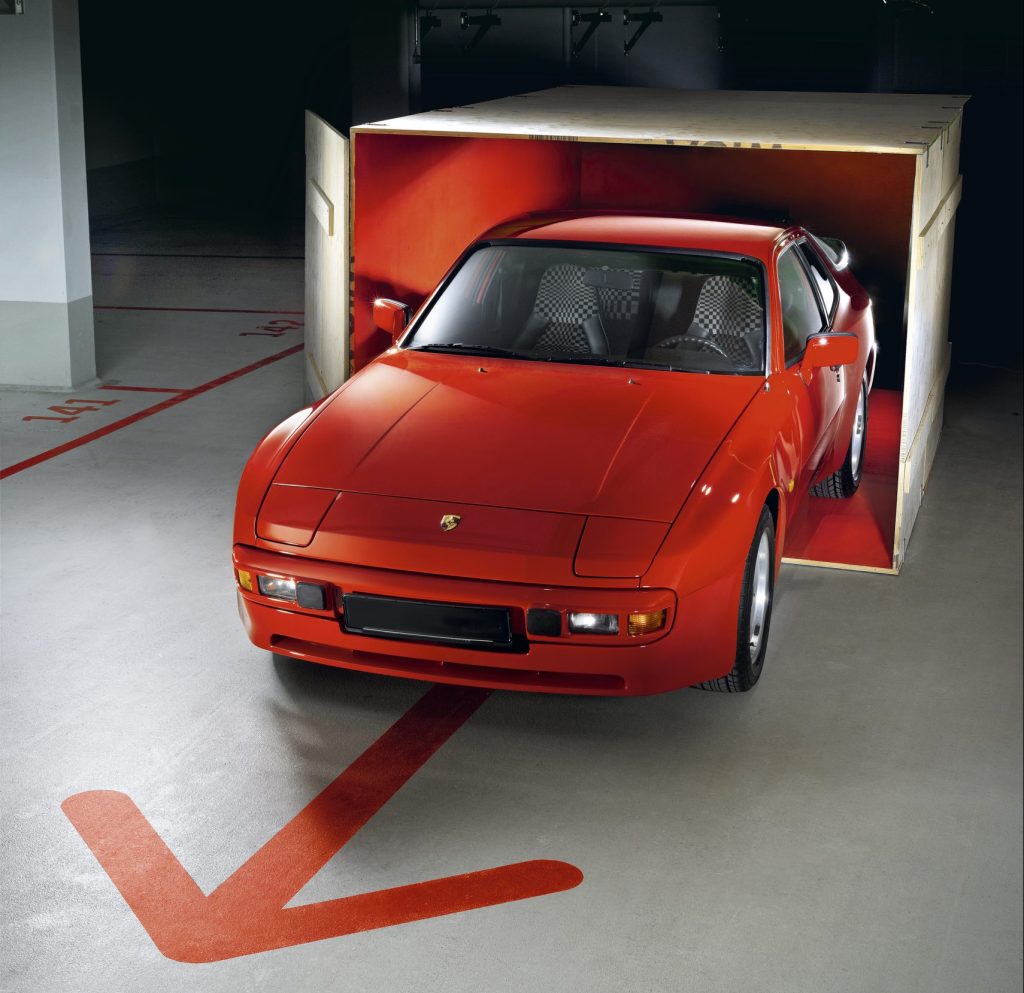
While we’re on the subject of prices, although the Porsche 944 has finally gained some well deserved traction in the market, it’s still – Turbo aside – a long way from what most would consider expensive, especially considering the thrills on tap and oh-so-’80s aesthetic. Pop-up lights, often outlandish (by German standard) interiors, a Porsche badge and outrageously flared bodywork, all combine with great reliability, practicality and even decent fuel economy. It’s very nearly the one classic that does it all, which makes its circa £5k-£10k entry price seem like daylight robbery.
Early S1 944s are the cheapest, with many Porsche purists – ironically the same type who dismissed the model altogether in period – feeling these have a few too many 924 carry overs (like the dashboard and switchgear, the former often suffering cracks). These early cars also lack the outright performance to really impress a straight-line hero, but are more than up to the task of dissecting a B-road with surgical precision.
It’s a similar story with the convertible, which arrived in 1990. Even though these are excellent driver’s cars for drop-tops, they still lack the ultimate driver rewards of the coupe and are therefore something of an acquired taste.
Best of the bunch then, with plenty of punchy performance, quality fixtures and a price tag that’s still on the sensible side (£10k-£25k) is the 3.0-litre 16-valve 944 S2. These arrived in 1989 and really allowed the model to keep pace (often exceed) the best performance coupes of the era. With its near Turbo specification, and 208bhp of screaming 3.0-litre twin-cam naturally-aspirated goodness, the 944 S2 really hits the sweet spot.
If all this has you hankering for one of these ‘cheap’ Porsches, let’s just pump the brakes and return to reality for a moment… I fix and service my own cars, so that side of things doesn’t remotely scare me, but I know that I’m in the minority. Many a Porsche 944 has been limped along on a pittance, as many ancestral owners wanted the badge but didn’t have deep enough pockets to maintain a Porsche properly. The result of years spent in banger territory hasn’t done the model any favours. I still come across sad examples dressed up to sell, so be vigilant and buy the best you can. Don’t be fobbed off by someone who thinks a car galvanised four decades ago is still somehow immune to rust! Believe me, these cars are very happy to prove these people wrong! Check the extremities of the sills in particular.

Find a good one, however, that’s been regularly serviced or perhaps even subtly upgraded – there are an awful lot of quality aftermarket bits for these cars – and you might just have a classic B-road companion that’s a riot to push along a scenic and sinewy route. It could also be one that’ll impress on a long motorway run, or even take care of the occasional commute or track day. Just like its equally impressive and popular successor, the Boxster, the 944 really is a Porsche for all seasons and reasons, though whether it proves to be cheap is another matter entirely…
Thinking about buying a 944? Already own one and have a story to share? Let us know in the comments below.
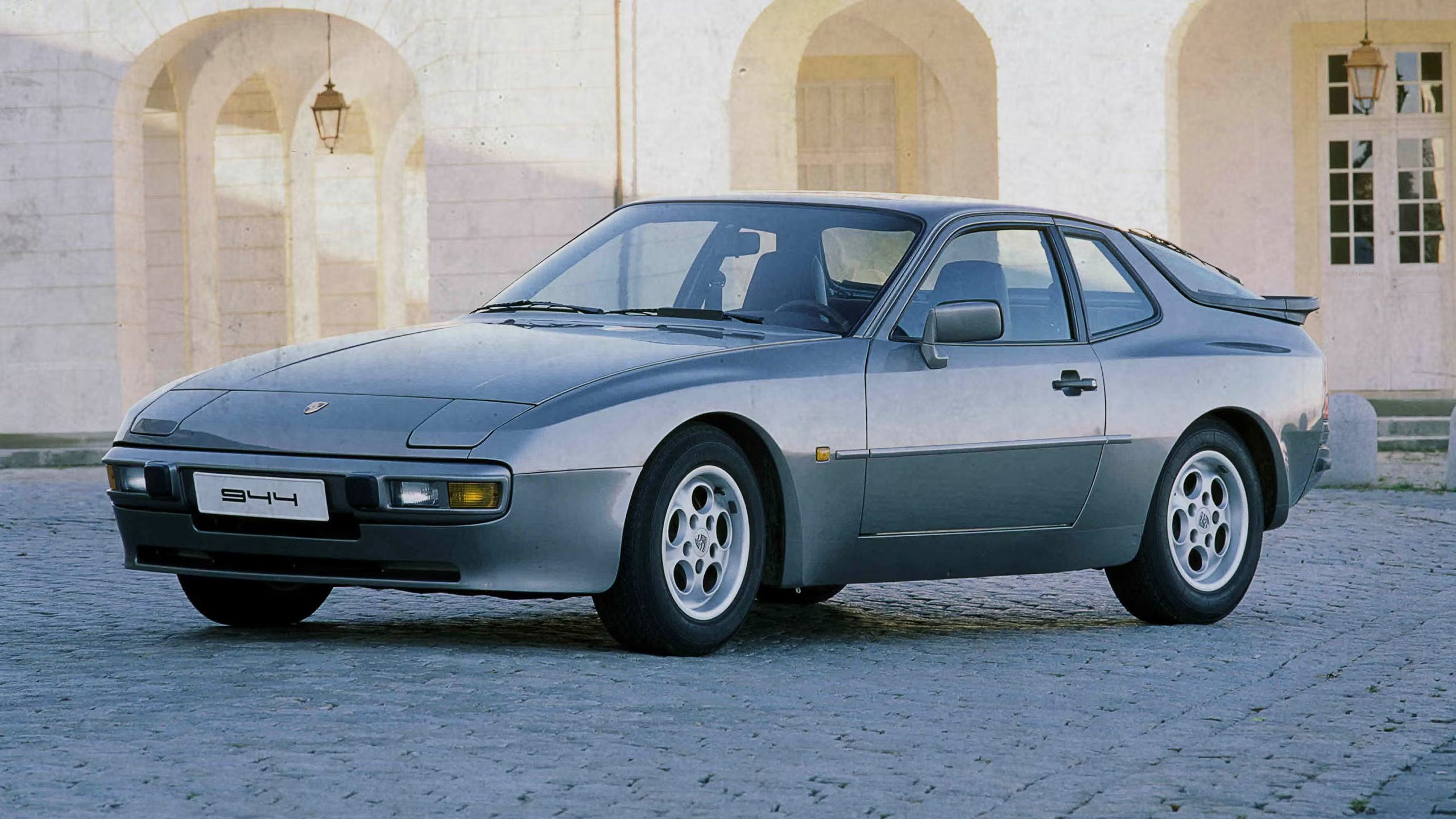




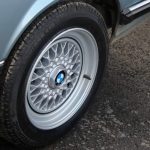
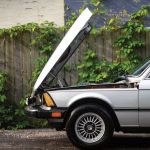
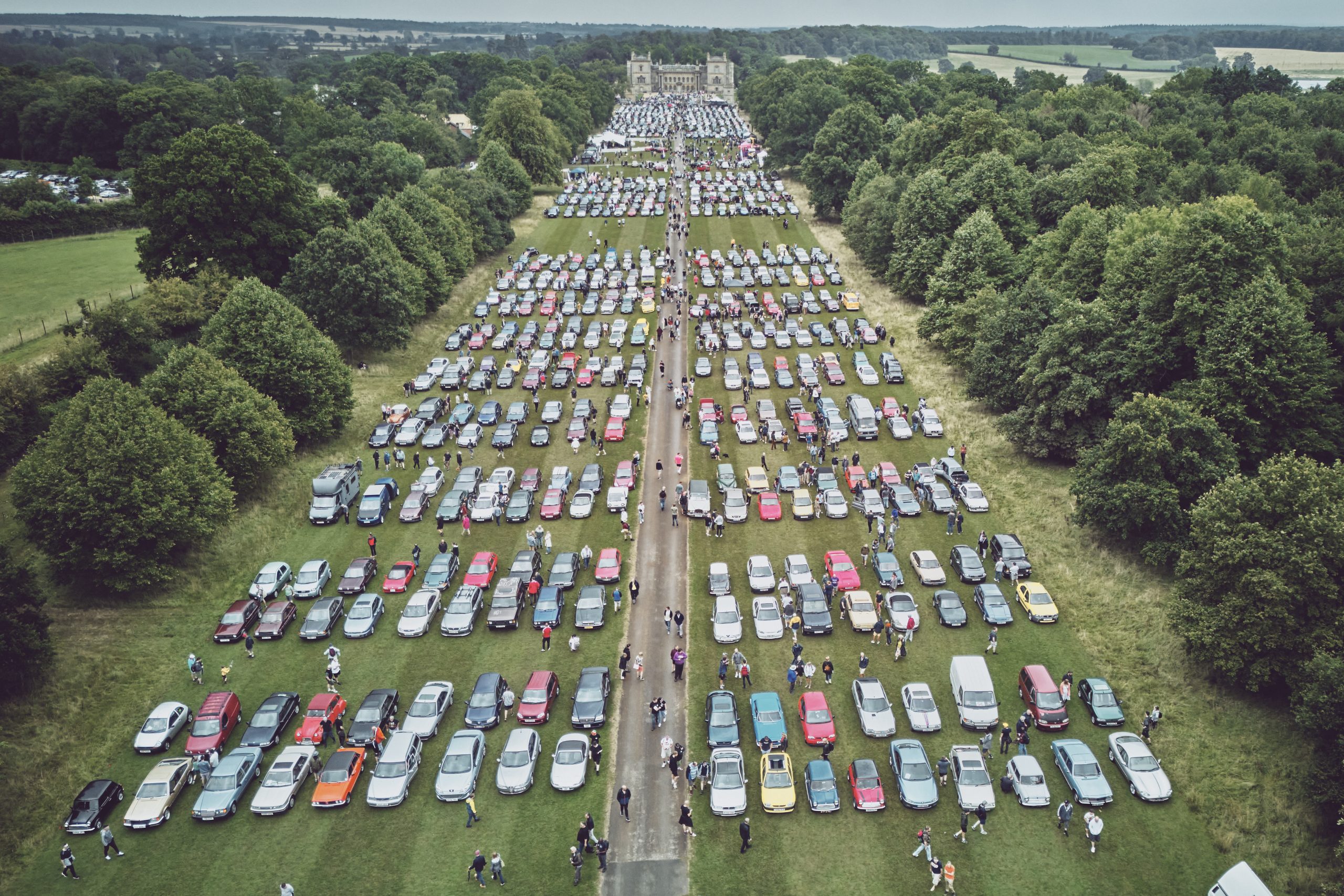
My partner had a 1988 944 Turbo ‘Silver Rose’ as an everyday car in the ’90s. Hankering after another ‘Silver Rose’ she bought a superb example around 8 years ago. A wonderful car that just needed modern air-conditioning on hot days! Subsequently sold in favour of a Cayman, the car was recently marketed, and sold, by Border Reivers. ‘Rosie’ still lingers in our hearts, for all the reasons eloquently described in the article.
I believe the Porsche 944 is about to have it’s renaissance for two reasons in particular over and above the very good points already made in this article – firstly the guys that lusted after these cards in their youth are now reaching the age where they have disposable income, this trend follows most classics with the older pre-war cars that used to command a high price now being sold for buttons. Secondly as these cars are becoming 40 years old they qualify for entry to historic racing and rally classes. Their superb handling, reliability, particularly the torsion beam suspension and safari spec possible means they will start being seen on course and track, pushing up appeal and values.